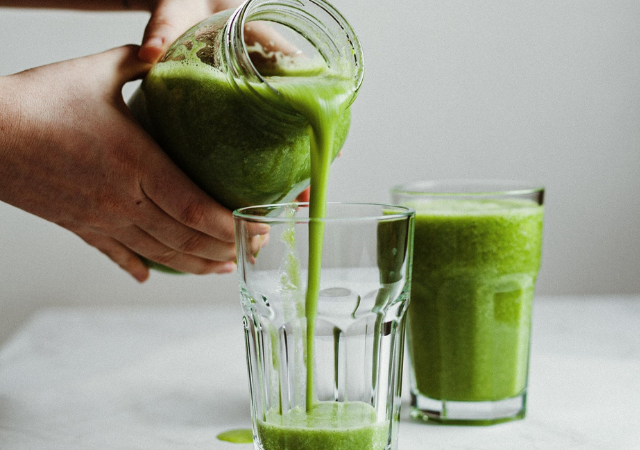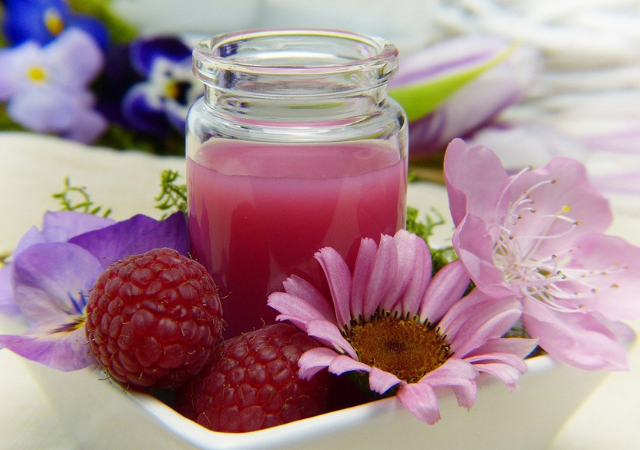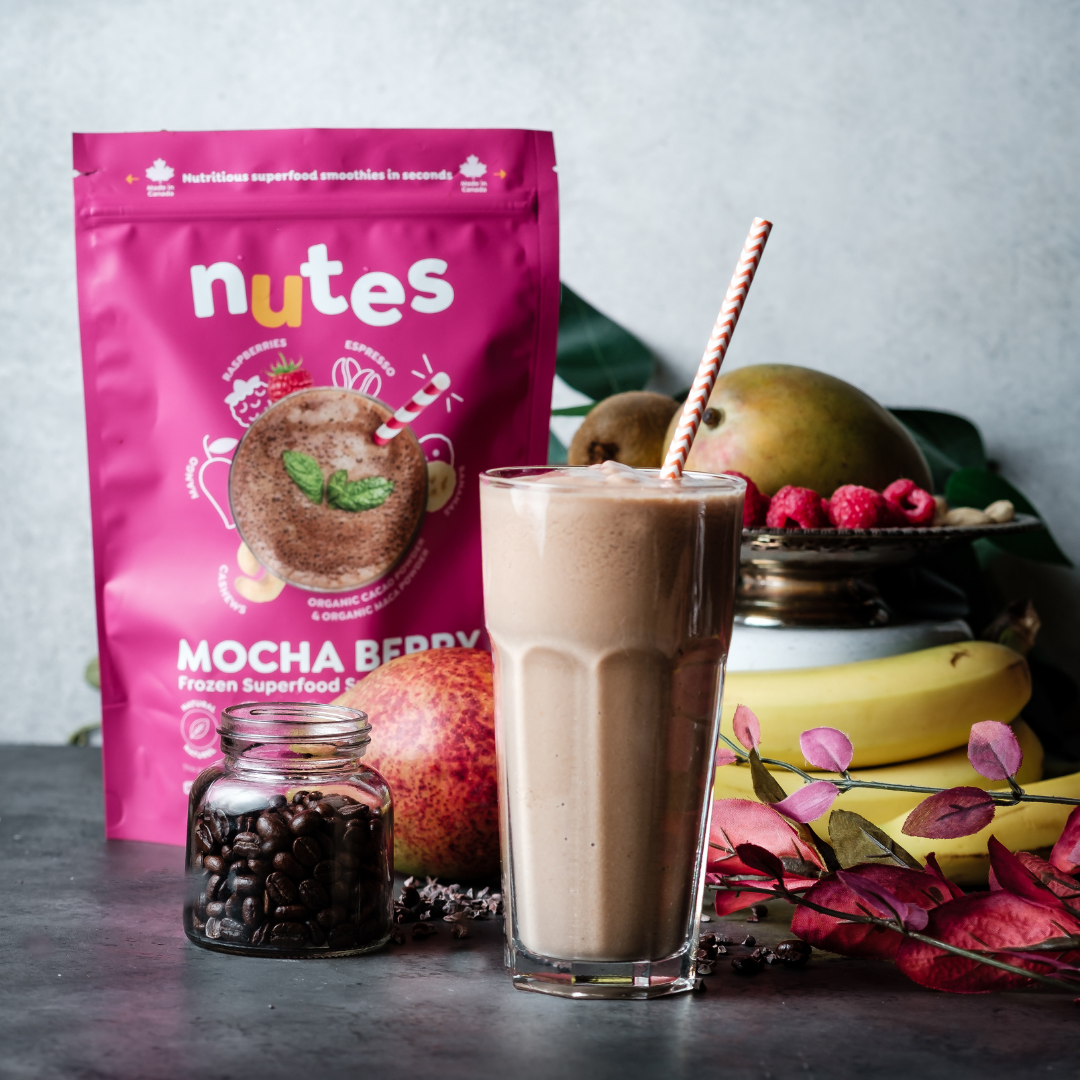8 Tips for Tasty Smoothie Rehab: How to Eat – or Drink – Healthy when You Don’t have the Appetite

Eating healthy is tough enough in itself. More so when medication, surgery, or withdrawal symptoms have stripped you of your appetite. The road to recovery takes no excuses though, and forgoing nutritious food can hurt you even more in the long run. Thankfully, there’s a way to get around your lack of taste buds and low energy—good old smoothies! That’s right, smoothie rehab can help you recover your health and your appetite.
Healthy Smoothies When You’re Sick and Recovering
Smoothies are a great source of nutrients whether you’re feeling just a little under the weather or on a long haul of managing chronic illnesses. It’s also a great alternative when you’re craving drinks that you know you shouldn’t have.
If you struggle with making healthy choices, we have some tips that can help you stick to a strict no processed food diet menu.
Amp Up Fibers and Proteins, Ditch Sugars and Dairy if You Haven’t Yet
When you don’t have the appetite, it’s tempting to resort to sweets or dairy just to make food taste better. Sugar inhibits wound recovery while milk messes up insulin production and weakens your body’s ability to fight infection.
Studies also show that milk and sugar increase brain fog and make you feel impulsive, which isn’t great when you are trying to control your cravings.
Instead of using milk or yogurt as your smoothie base, consider non-dairy smoothies that use almond, coconut, or soy milk. These alternatives are rich in protein and have much less sugar content. Opt for plant-milks with no sugar added.
While you’re at it, throw in some leafy greens too, like kale, spinach, or romaine. They’ll not only make you feel fuller while using less fruit—since fruits also contain sugar, they are also great sources of fiber, B Vitamins, and iron.
Perk Up with Brightly Coloured Fruits and Veggies
Sometimes, yummy visuals are the motivation you need to increase your appetite.Researchers have been telling us that colour and food texture affect how we perceive our food tastes.
It is certainly easier to slurp a tall glass of instagrammable rainbow smoothie than to dig into an equally nutritious but sad-looking porridge.
The good news—you can totally pull off a rainbow smoothie without adding any artificial colouring. Carrots, red cabbage, mangoes, all sorts of berries—nature already has all the ingredients you need.
What’s even better news is that every food colour you find in fruits and vegetables signifies a certain kind of nutrient. So, the more colours you add to your mix, the healthier your smoothie meal is.
Put the Smooth Back in Smoothie—Load up on Fruits and Smooth Texture
Appetizing also entails more than just tastes and visuals. If it’s physical discomfort that makes you lose interest in your meal, it’s important to find food that you can painlessly consume.
“Comfort” might mean different things depending on how your body feels, but food with smooth textures and cooler temperatures are often nice to have than crunchy or gooey ones.
Bananas, avocadoes, and watermelons are great ingredients if you want a smoothie that’s easy to drink. Skip pineapples and seeds in the meantime, as these could irritate your mouth and digestive tract because of their texture.
Freezing your fruits before blending will also give your smoothie a creamy consistency. You’ll also find the cold blend soothing when your throat and mouth feel parched or painful.
Extra Immune Boosters Work Wonders—and They Taste Great, too!
When you’re dealing with an ailment, the last thing you want is to succumb to a cough, colds, or the flu, which can worsen your health issue.
The best way to avoid getting sick from viruses is to take precautionary hygiene measures—wash your hands and avoid touching things and your face in public— and build up your immune system.
You can make your own immune booster smoothie with simple ingredients at home. Blueberry, ginger, citrus, bananas, red cabbage, and beets are go-to tickets for most superfood smoothie recipes.
That’s all the reason you need for keeping these superfoods abundant in your pantry year-round.
Throw out the Alcohol—Don’t Worry, There are Great Smoothie Alternatives
You are probably aware that alcohol has long term health implications. But do you know it also has an immediate impact on your body’s ability to fight colds and infections?
Alcohol weakens your immune system. So the next time you feel like reaching for a bottle, why not reach for your non-alcoholic smoothie alternatives? The mango-rita and watermelon mojito are favorite alternative smoothies for alcohol withdrawal since they’re easy to make and recreate the rich flavours of popular cocktails without the alcohol content.
Increase Your Fluid Intake—Even When Water Tastes Bad
There are times during recovery when everything just tastes like paper—or worse. And even water tastes bad.
In times like this, a smoothie of your favorite fruits can be the best way to take in much-needed fluids. Cucumber with avocados, watermelon, coconut water, and mango are excellent options for making hydrating smoothies. Mixing these ingredients will give you an extra dose of electrolytes, antioxidants, and fatty acids to avoid fatigue and dizziness caused by dehydration.
Throw in Your Favorite Spices for Additional Anti-Inflammatory Power
A dash of spices can add new and unexpected layers to your smoothie’s flavour profile. When you don’t care much for food, these additional spices could pique your interest.
And we’re not just talking about nutmeg and cinnamon here. You may also add turmeric, cumin, saffron, star anise, coriander, and cayenne pepper.
But that’s not all. Spices are rich in anti-inflammatory properties. Cloves, ginger, and turmeric are natural detoxifiers. Cinnamon boosts your energy and lowers your blood pressure. Nutmeg helps clear your skin and cayenne pepper reduces cravings while improving your metabolism.
That’s a lot of benefits from just a pinch of your favorite seasoning.
Eat More Antioxidants—Or Drink Them All in One Go
The best thing about smoothies is that they’re quick to drink, rarely gag-inducing when done right, and packed with all the nutrients you need to form a whole meal.
One of your main concerns, when you are dealing with sickness, is protecting yourself from pollutants and toxins in the environment. Antioxidant superfoods include acai berry, pumpkin, spinach, radish, kale, asparagus, artichoke, kidney beans, and many others.
If you were to eat these in a dish or salad, you’ll surely end up with a big meal. You don’t have the energy for that.
Blend them together and you can get all the nutrients they offer in just one glass. Quick and easy!
Start Your Own Smoothie Rehab Today
Drinking smoothies is one of the easiest ways to make healthy choices and still “eat” proper food while managing or recovering from illness, treatments, or medical procedures.
It’s also one of the tastiest.
We do recommend that you consult with your doctor and dietitian so they can help you choose or make superfood smoothie recipes that are best for your nutritional needs.
That’s the best thing about doing a smoothie rehab. You can always make one that’s customized to your needs—and your tastes.
Start planning your smoothie rehab today and get on the appetizing road to good health and full recovery.




Comments